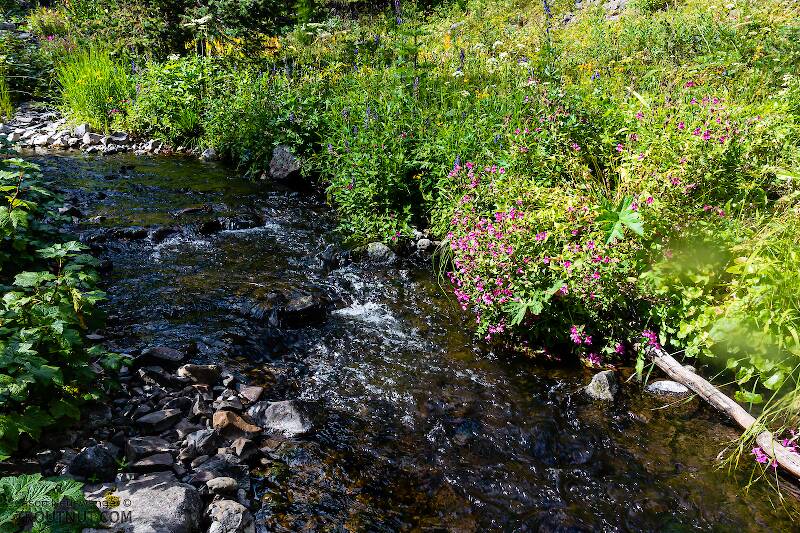
Salmonflies
Pteronarcys californica
The giant Salmonflies of the Western mountains are legendary for their proclivity to elicit consistent dry-fly action and ferocious strikes.
Featured on the forum

This specimen resembled several others of around the same size and perhaps the same species, which were pretty common in my February sample from the upper Yakima. Unfortunately, I misplaced the specimen before I could get it under a microscope for a definitive ID.

Troutnut is a project started in 2003 by salmonid ecologist Jason "Troutnut" Neuswanger to help anglers and
fly tyers unabashedly embrace the entomological side of the sport. Learn more about Troutnut or
support the project for an enhanced experience here.
Female Ephemerella invaria (Sulphur) Mayfly Dun Pictures
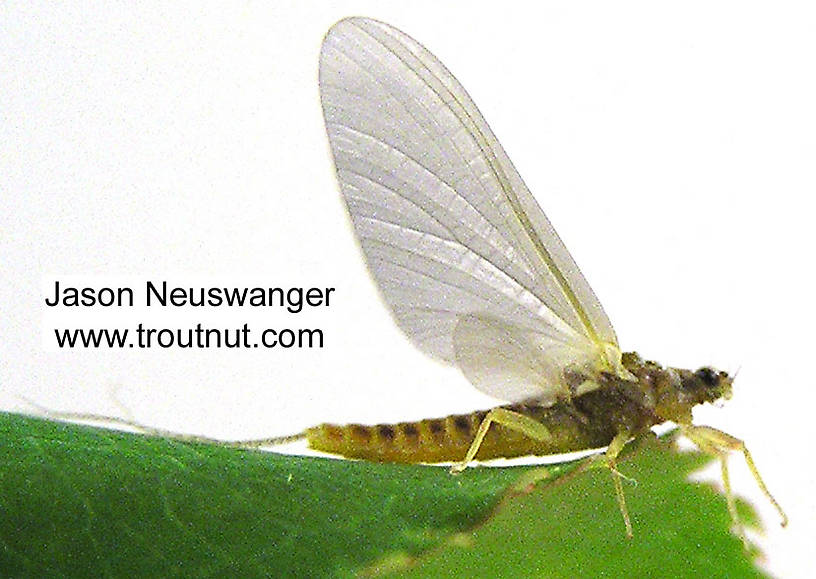
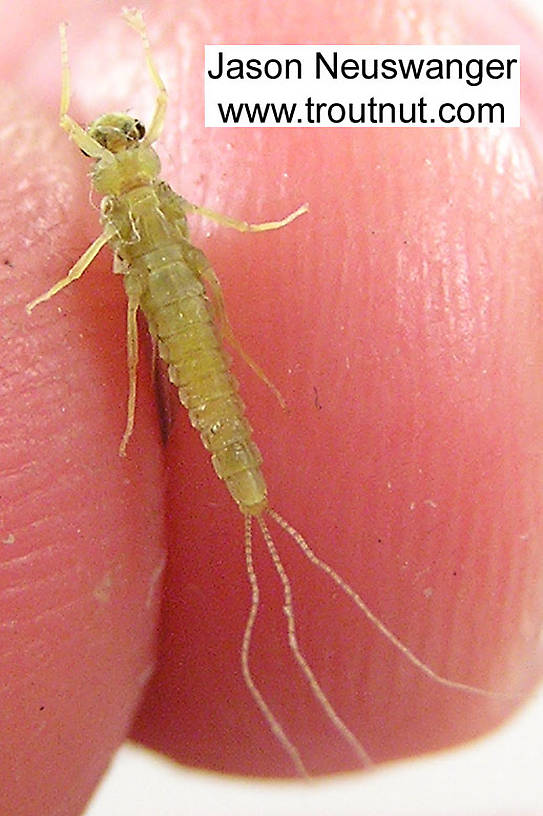
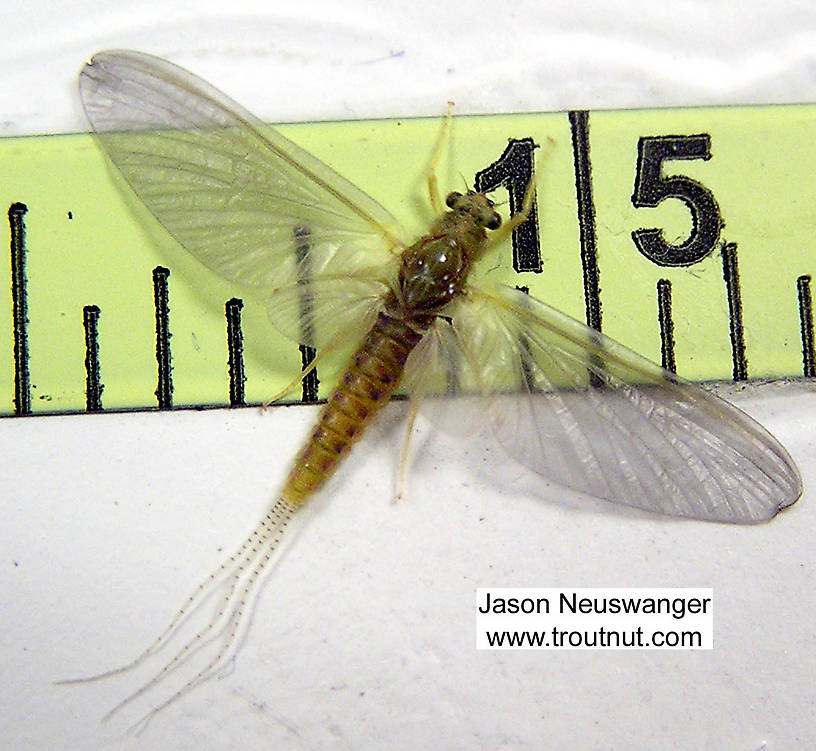
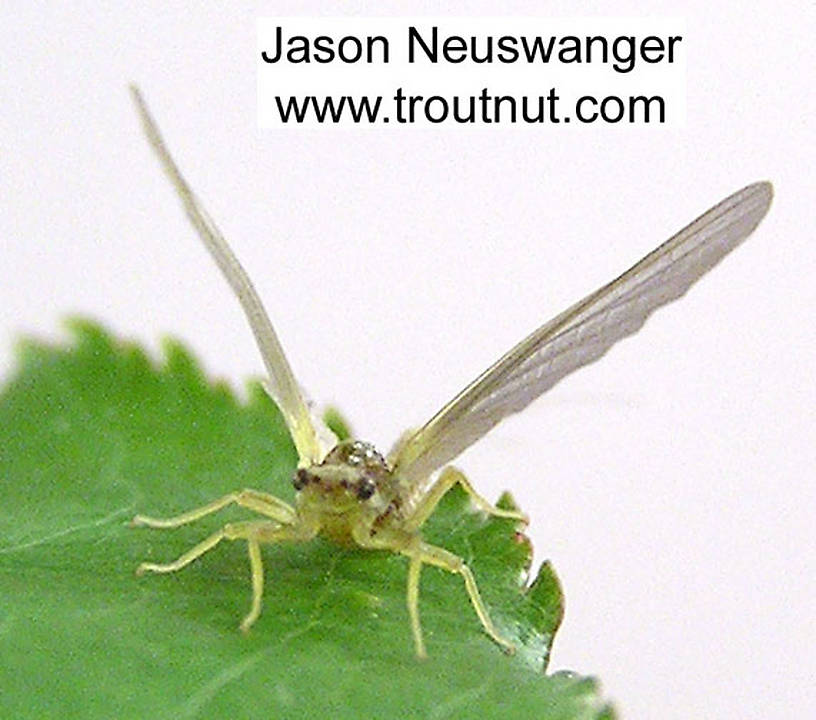
This mayfly was collected from unknown in Wisconsin on May 23rd, 2004 and added to Troutnut.com by Troutnut on January 25th, 2006.
Discussions of this Dun
Another sulphur for comment
1 replies
Posted by Martinlf on Aug 17, 2007
Last reply on Aug 21, 2007 by Gene
And this one, also from the midwest, is more green than the sulphurs I recall seeing this season. My limited experience in PA streams suggests that many, if not most, of the sulphurs here are best imitated by pale yellow, bright yellow, or orange bodies. Gene, and others, am I far off?
Start a Discussion of Dun
Female Ephemerella invaria (Sulphur) Mayfly Dun Pictures
Collection details
Location: unknown, Wisconsin
Date: May 23rd, 2004
Added to site: January 25th, 2006
Author: Troutnut
Date: May 23rd, 2004
Added to site: January 25th, 2006
Author: Troutnut

